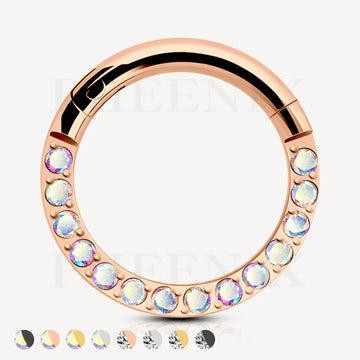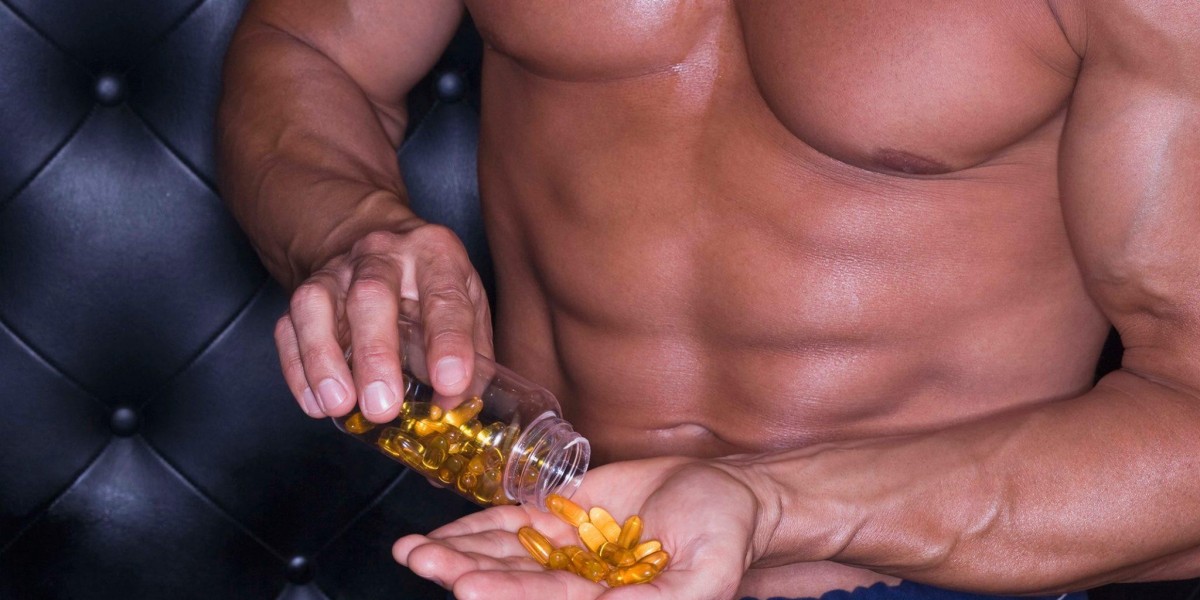Body piercing has evolved over the years, offering a vast array of options for self-expression and style. One popular choice is the internally threaded labret, known for its versatility, comfort, and safety. If you're considering getting a labret piercing or simply want to learn more about this fashionable body modification, this comprehensive guide will cover everything you need to know about internally threaded labret piercings.
What is an Internally Threaded Labret?
An internally threaded labret is a type of body jewelry designed for lip and facial piercings. Unlike externally threaded jewelry, where the threading is on the outside of the barbell, internally threaded labrets have the threading on the post's inside. This design offers several benefits:
Reduced Irritation: Internally threaded jewelry minimizes the risk of irritation and damage to the piercing site during insertion and removal. The smoother, threaded end passes through the piercing more gently.
Comfort: The absence of threads on the exterior of the jewelry ensures a smooth and comfortable fit against the skin, reducing the chances of snagging or discomfort.
Style: Internally threaded labrets come in a wide range of materials, shapes, and sizes, allowing you to personalize your look and make a fashion statement.
Choosing the Right Jewelry:
Selecting the right internally threaded labret jewelry is crucial for both aesthetics and safety. Here are some factors to consider:
Material: Common materials for labret jewelry include surgical steel, titanium, and biocompatible plastics. Titanium is an excellent choice for those with sensitive skin or metal allergies, as it's hypoallergenic and lightweight.
Size and Length: The size and length of your labret jewelry should be appropriate for your piercing. Consult with a professional piercer to ensure a proper fit and to avoid complications.
Gemstones and Decorations: Internally threaded labrets often feature gemstones, beads, or other decorative elements. Choose options that align with your personal style and preferences.
The Piercing Procedure:
Getting an internally threaded labret piercing is a precise procedure that should be performed by a trained and experienced piercer. Here's what you can expect during the piercing process:
Consultation: Your piercer will discuss your piercing goals, jewelry preferences, and any concerns you may have. They will also examine your anatomy to determine the best placement for the labret piercing.
Sterilization: The piercer will use sterile equipment and jewelry to ensure a safe and clean procedure.
Marking: Once the piercing location is chosen, the piercer will mark it with a pen or ink to ensure precision.
Piercing: The piercer will use a hollow needle to create a hole for the labret jewelry. The internally threaded labret is then carefully inserted into the freshly pierced hole.
Aftercare: After the piercing is complete, your piercer will provide detailed aftercare instructions to promote healing and reduce the risk of infection.
Healing and Aftercare:
Proper aftercare is essential for a successful labret piercing. Here are some tips to help ensure a smooth healing process:
Cleanse with saline solution: Clean the piercing site twice a day with a saline solution to remove debris and promote healing. Avoid using alcohol or hydrogen peroxide, as these can be harsh on the piercing.
Avoid touching: Resist the urge to touch or twist the jewelry, as this can introduce bacteria and disrupt the healing process.
Be mindful of oral hygiene: If your labret is an oral piercing (inside the mouth), maintain excellent oral hygiene to prevent infections.
Avoid oral contact: Avoid activities like kissing, oral sex, or playing with the jewelry during the initial healing period to reduce the risk of infection.
Monitor for signs of infection: Keep an eye out for signs of infection, such as excessive redness, swelling, pain, or discharge. If you suspect an infection, contact your piercer or a healthcare professional promptly.
Changing Your Jewelry:
Once your labret piercing has fully healed, you may want to change the jewelry for variety or personal style. When changing internally threaded labret jewelry, follow these steps:
Ensure clean hands and jewelry: Wash your hands thoroughly and ensure your new jewelry is sterile.
Gently unscrew the ball or decorative end: Hold the post steady and turn the ball or decorative end counterclockwise to remove it.
Carefully remove the jewelry: Gently slide the jewelry out of the piercing, taking care not to force it or cause any discomfort.
Insert the new jewelry: Align the new jewelry with the piercing hole and gently slide it into place. Secure the ball or decorative end by turning it clockwise until snug.
For More Info:-









